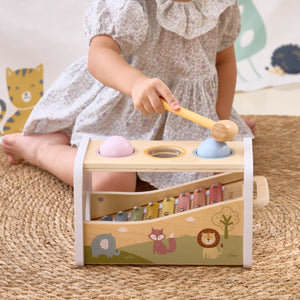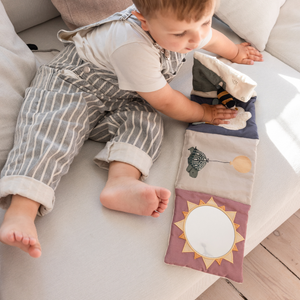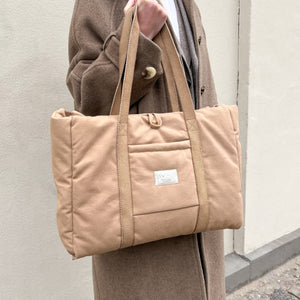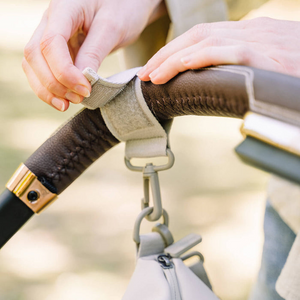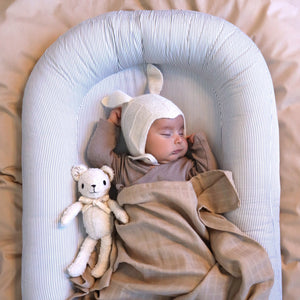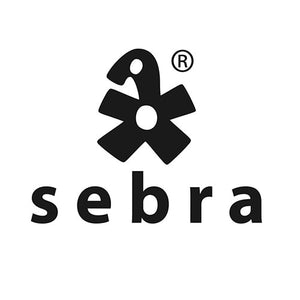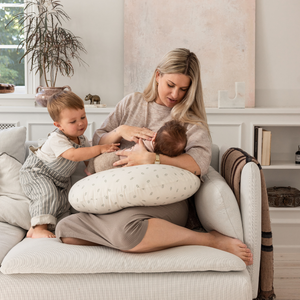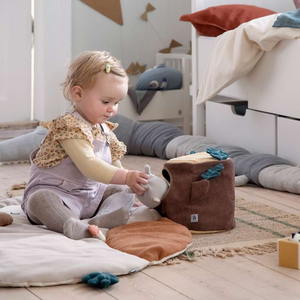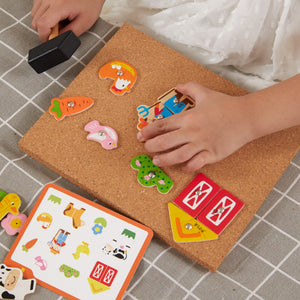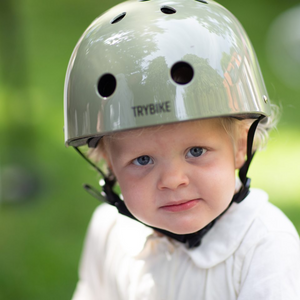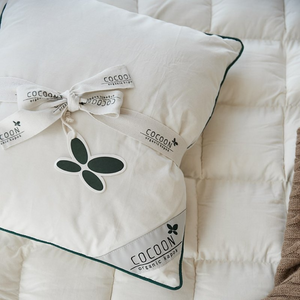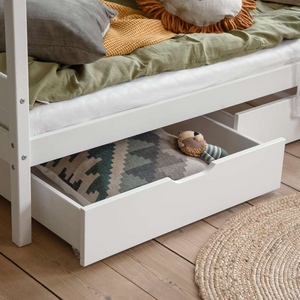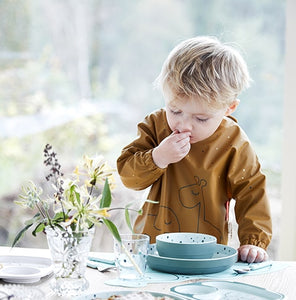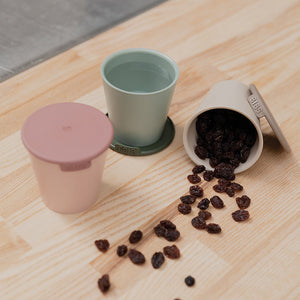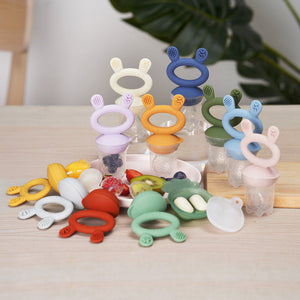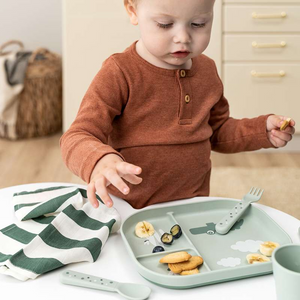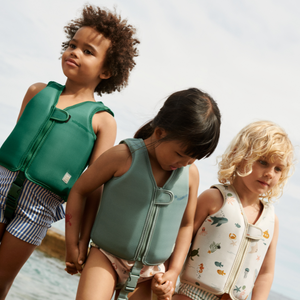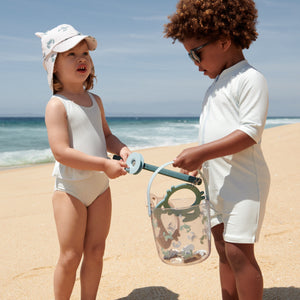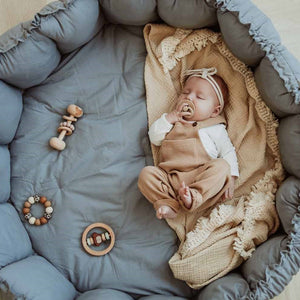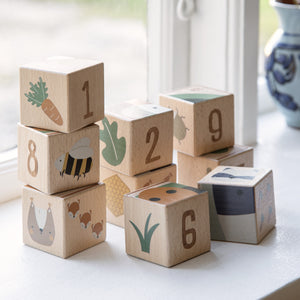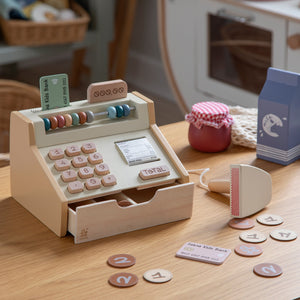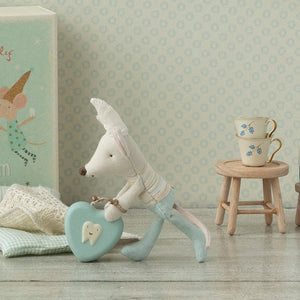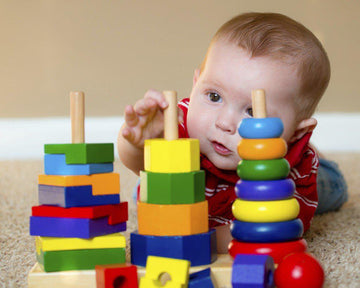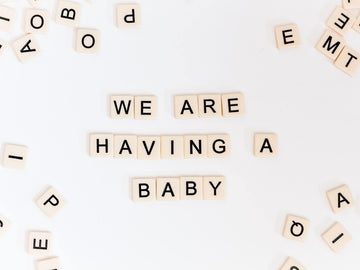Children's development of motor skills is crucial, as good motor skills are important for a child's overall well-being.
Poor motor skills are often linked to learning difficulties, and many researchers believe that both mental and physical health later in life are connected to the early years' motor processes. Studies also show that a lack of motor skills can lead to several challenges for the individual child, such as language difficulties, socialization problems, hyper- or inactivity, attention problems, and concentration issues. Furthermore, studies indicate that bodily awareness and body consciousness are a very prominent focal point for the child's self-perception. Therefore, it is significant that children train and develop their motor skills, and it is emphasized that children with good motor skills have:
- increased self-confidence
- more zest for life and are more resilient
- a healthy and good state of health
- feel less clumsy, awkward, and helpless
- have healthy and good social relationships
Play and movement are the child's tools to engage with the world, develop motor skills, and achieve body awareness and well-being. It is through motor skills and the sensory apparatus that the child learns who they are. The child is born with some motor abilities, but if your child is to improve their motor skills, they need to be stimulated and have opportunities to practice and develop these.
When the child is 6 months old, they should ideally:
- have eye, hand, mouth interaction – be able to put things in their mouth
- grasp and release, play with both hands, and transfer from hand to hand
- grasp with the whole hand
- be able to hold their head up independently
- attempt to move and lift themselves from the surface when lying on their stomach and back
- reach for toys
- extend arms to be picked up
- roll around
When the child is 12 months old, they should ideally:
- participate in social games like waving, pat-a-cake, and peek-a-boo
- hold one block in each hand
- crawl on hands and knees
- sit up with good balance
- respond to their name and imitate sounds
When the child is 18 months old, they should ideally:
- walk, rise, and sit down, crawl up stairs
- use single words and understand more
- be able to put things in, take out, and place
- begin to stack blocks
- hold a cup and eat independently
When the child is 2-3 years old, they should ideally:
- walk forwards, backwards, and sideways
- be able to jump and dance
- ride a tricycle
- be able to kick a ball
- catch a large ball
7 good tips on how you can strengthen and help your child's motor development.
- Lay the baby on their stomach.
- Do not interrupt your child's play or what they are concentrating on.
- Let the child try and do things themselves.
- Play and tumble together.
- Encourage your child to practice and train different movements.
- Move together – walk instead of taking the car.
- Make balance training a fun game when, for example, brushing teeth
This post was created in collaboration with babymode.dk.









